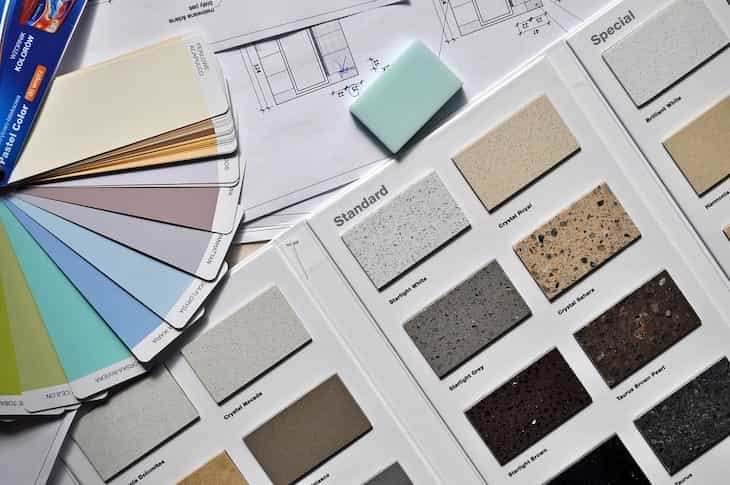Interior tips: Psychology of colors – how interior designers use it in their projects
To become a successful interior designer, it's not enough to know a lot about shapes, textures, or materials – you should also know everything about colors.
When used properly, the psychology of colors can help designers to achieve amazing effects in interior design.
Here are a few examples of where it might actually help.
Creating Moods
Interior designers use colors to evoke specific moods and feelings in a space.
For example, warm colors like red and orange can create a cozy and energetic atmosphere, while cool colors like blue and green may promote calmness.

Room Perception
Colors influence how we perceive the size and layout of a room.
Lighter colors tend to make spaces feel larger and more open, while darker colors can create a sense of intimacy and coziness.
Focal Points
Designers use contrasting colors to draw attention to specific areas or features in a room.
This can be achieved by incorporating a bold color against a neutral background.
Harmony and Balance
Color schemes are carefully chosen to create harmony and balance within a space.
Designers consider the overall color palette to ensure a cohesive and visually pleasing result.
Cultural Influences
Designers take into account cultural associations with colors.
Different cultures may attribute specific meanings to colors, and designers consider these cultural influences in their projects.
Lighting Considerations
The type and intensity of lighting in a space can affect how colors appear.
Designers factor in natural and artificial lighting to ensure that chosen colors achieve the desired effect.
Psychological Impact
Colors have psychological effects on individuals.
For instance, blue is often associated with calmness and tranquility, while yellow can evoke feelings of warmth and positivity.
Designers leverage these psychological impacts.
Contrast and Coordination
Achieving the right balance of contrast and coordination is essential.
Designers combine colors in a way that enhances the overall aesthetic appeal of the space.
Previously, we talked about what you can do to make your empty house cozier.
